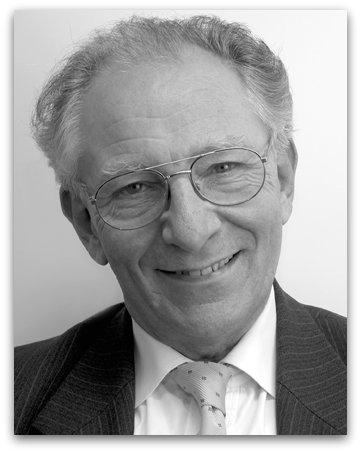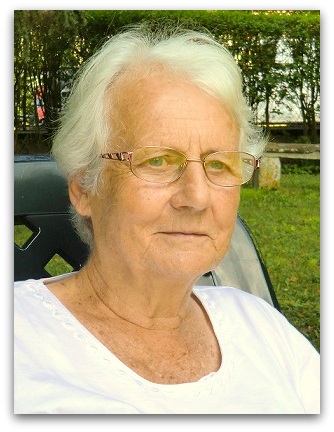Keynotes
| |
The workshop program includes three keynote speakers:
|
 |
Alain Berthoz
Honorary Professor, Collège de France, France
|
Simplifying laws and spatial reference frames in dance and robot motion
I will describe some of the simplex laws which subserve hand gestures. For instance the relation between tangential velocity and curvature, the co-planar relation between elevation angles of arm segments, the role of gaze in steering trajectories… I will further show that common principles are shared between arm movement and locomotion and that locomotor trajectories are remarkably stereotyped. Recent models suggest that these principles are linked with the fact that the brain uses several Euclidian and non Euclidian geometries. It is remarkable that the laws subserve both action and perception.
I also will show that the brain has different neural networks for different spaces (body, near action-space, close locomotor space, environmental space). In addition it also uses specific networks for ego, allo, or heterocentric reference frames in action, navigation and social interactions.These three reference frames are similar to those used by the choreograph Eshkol for dance notation and the ethologist Golani. They are also important for empathy and sharing emotion. All these mechanisms may be interesting for dance notation and for both robot-human and spectator-actor interactions.
|
|
Alain Berthoz is Honorary Professor at the College de France, member of the French Academy of Sciences and the Academy of Technologies, the Academia Europae, American Academy of Arts and Sciences, and other Academies (Royal Academy of Medicin of Belgium, and Academy of Medicine of Bulgaria).
He is a world known specialist of the physiology of multisensory integration, spatial orientation, the vestibular system, the oculomotor system, locomotion, and spatial memory. He has contributed to the understanding of the cognitive aspects of sensory-motor pathologies in children, and cognitive functions including recently psychiatric diseases. He has been at the origin of the technical development of a number of biomedical equipments, motion capture, haptic force-feedback devices, eye movement measurement, virtual reality for the study of navigation, locomotor and executive function deficits. He cooperates with robotics groups in Japan and Italy for bio-inspired robotics and humanoids and participated in several Europen projects.
He is the author of more than 300 papers in International journals. He wrote several books including “The Brain’s Sense of movement”, "The cognitive foundations of decision making", “Simplexity”, “La vicariance”. He has received the honors of Officier de l’Ordre du Mérite, Officier de la Légion d’Honneur, Commandatore of the Order of Merit of the Italian Republic.
TOP
|
|

|
Jacqueline Challet-Haas
Dancer and Laban Notation Teacher & Notator, France
|
The problem of recording human motion
Since centuries, various essays have been proposed trying to devise a proper notation for recording dance practices aiming at preserving them as an artistic heritage. With the increasing interest on human behaviour over the XX°cent., new trials were proposed to solve the recording of human movements, generally speaking, versus specific dance events. Why so many attempts ?
Among these various systems, the so-called « Kinetography Laban/Labanotation », invented by Rudolf Laban (a prominent figure of modern dance in Europe) proposes a solution, which will be briefly exposed : built primarily on human behavior in its « ordinary » motion, natural way, the notion of encompassing space, body and time elements simultaneously is at the heart of its conception. This notation tries to enhance the very basic notion of changing processes as opposed to position writing. Until now it has been widely used mainly in theatrical dance fields as a mean of building a dance literature as well as preserving ethnic dances, but also as a tool for research and creation in dance. Its very simple but broad basis offers definitely a possible development in many other research domains.
|
|
Jacqueline Challet-Haas is a dancer and Laban notation teacher and notator since the sixties. She studied Laban notation with Diana Baddeley-Lange in Paris and Albrecht Knust at the Folkwang Hochschule in Essen-Werden in Germany. She created the Notation Cursus at the Conservatoire National Supérieur de Musique et de Danse de Paris (CNSMDP) in 1990. She is a fellow of the International Council of Kinetography Laban (ICKL) since its foundation in 1961, and director of the Centre National d’Ecriture du Mouvement since 1975. She has led the European Seminar of Kinetography Laban with Dr. Roderyk Lange . She has published numerous articles in various magazines and written and translated books on Dance pedagogy and Laban notation.
TOP
|
 |
Katsushi Ikeuchi
Professor, University of Tokyo, Japan
|
e-Intangible Heritage
Tangible heritage, such as temples and statues, is disappearing day-by-day due to human and natural disaster. In-tangible heritage, such as folk dances, local songs, and dialects, has the same story due to lack of inheritors and mixing cultures. We have been developing methods to preserve such tangible and in-tangible heritage in the digital form. This project, which we refer to as e-Heritage, aims not only record heritage, but also analyze those recorded data for better understanding as well as display those data in new forms for promotion and education. This talk mainly covers how to preserve in-tangible heritage, in particular, preservation of Japanese and Taiwanese folk dances. The first half of my talk covers how to display such a Japanese folk dance on a humanoid robot. Here, we follow the paradigm, learning-from-observation, in which a robot learns how to dance from observing human dance. Due to the physical difference between a human and a robot, the robot cannot mimic the entire human actions. Instead, the robot first extracts important actions of a dance, referred to key poses, only exactly mimics those key poses and then interpolates interval trajectories as much as possible but within the limit of the robot capabilities. The second half of my talk covers our effort to apply similar technics to Taiwanese folk dances. Here, I concentrate on the analysis of the key poses and how such key poses relate to their social institutions.
|
|
Katsushi Ikeuchi is a Professor at the University of Tokyo. He received his B.Eng. degree in Mechanical Engineering from Kyoto University in 1973 and his Ph.D degree in Information Engineering from the University of Tokyo in 1978. After working at the MIT Artificial Intelligence Laboratory as a postdoctoral fellow for three years, the MITI Electro-Technical Laboratory as a research fellow for five years, and the CMU Robotics Institute as a faculty member for ten years, he joined the University of Tokyo in 1996.
Dr. Ikeuchi chaired a dozen major conferences, including 1995 IEEE-IROS (General), 1996 IEEE-CVPR (Program), 2003 IEEE-ICCV (Program), 2009 IEEE-ICRA (program). His community service also includes IEEE RAS Adcom (98-04, 06-08), IEEE ITSS BOG, IEEE Fellow Committee (2010-2012), and 2nd VP of IAPR. He is an Editor-in-Chief of the International Journal of Computer Vision, and a fellow of IEEE, IEICE, IPSJ, and RSJ. Through these research activities and community service, Dr. Ikeuchi received the IEEE PAMI-TC Distinguished Researcher Award (2011) and the Shiju Hou Sho (Medal of Honor with Purple ribbons) from the Japanese Emperor (2012).
TOP |
|

